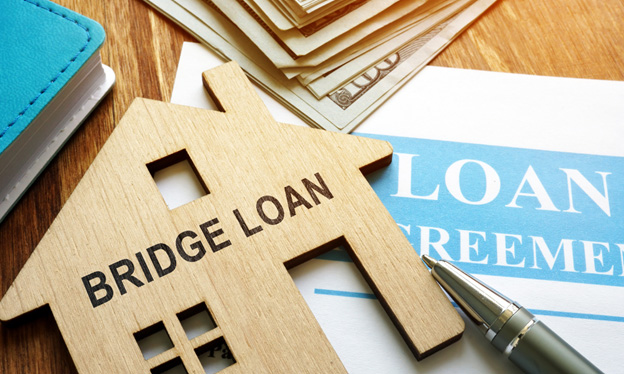 Crafting a counter-offer that doesn’t scare away a potential home buyer can be tricky. Here are five tips to help you navigate the negotiation process while keeping the buyer interested:
Crafting a counter-offer that doesn’t scare away a potential home buyer can be tricky. Here are five tips to help you navigate the negotiation process while keeping the buyer interested:
Keep emotions in check: Avoid letting your emotions drive the conversation and try to remain objective throughout the negotiation process. Keep in mind that the buyer is also looking for a fair deal, and it’s important to approach negotiations with a collaborative attitude.
Understand the buyer’s needs: Understanding the buyer’s needs and motivations can help you craft a counter-offer that meets their expectations. For example, if the buyer is seeking a quick closing, you may want to consider offering to close sooner than anticipated in exchange for a higher price.
Be clear and concise: Your counter-offer should be clear and concise, outlining specific terms and conditions. Avoid using ambiguous language and ensure that the offer is easy to understand.
Be reasonable: While you want to get the most out of your home sale, it’s important to be reasonable with your counter-offer. Consider the current market conditions and the buyer’s position and aim for a fair deal that benefits both parties.
Keep communication open: Effective communication is key to successful negotiations. Keep communication channels open throughout the process and be willing to listen to the buyer’s concerns and feedback. This will help you build trust and rapport with the buyer, making it more likely that they will accept your counter-offer.
To avoid frustrating an interested homebuyer, it’s important to be responsive and timely in your communication regarding their offer. Don’t let their offer sit for too long without acknowledging it and make it clear that you’re actively considering it and will provide a response promptly.
Successfully negotiating a home sale can be challenging, but being open and flexible in your approach can increase your chances of receiving the desired offer.
 It is unlikely that an unconventional job will hurt your mortgage approval, as long as you can demonstrate a consistent and stable income stream that meets the lender’s requirements. Lenders are primarily concerned with your ability to repay the mortgage, and they will evaluate your income and employment history to determine whether you are a suitable candidate for a loan.
It is unlikely that an unconventional job will hurt your mortgage approval, as long as you can demonstrate a consistent and stable income stream that meets the lender’s requirements. Lenders are primarily concerned with your ability to repay the mortgage, and they will evaluate your income and employment history to determine whether you are a suitable candidate for a loan. Whether or not to help your kids pay for their mortgage is a personal decision that depends on your financial situation, your relationship with your children, and your beliefs about financial independence.
Whether or not to help your kids pay for their mortgage is a personal decision that depends on your financial situation, your relationship with your children, and your beliefs about financial independence. A bridge loan, also known as interim financing, is a short-term loan used to provide temporary financing until a borrower secures long-term financing or sells an asset. Bridge loans are commonly used in real estate transactions, such as when a buyer needs to close on a new home before selling their current home.
A bridge loan, also known as interim financing, is a short-term loan used to provide temporary financing until a borrower secures long-term financing or sells an asset. Bridge loans are commonly used in real estate transactions, such as when a buyer needs to close on a new home before selling their current home. “Cash to Close” refers to the total amount of money that a homebuyer needs to bring to the closing table to complete the purchase of a property. It includes the down payment, closing costs, and other fees associated with the home purchase.
“Cash to Close” refers to the total amount of money that a homebuyer needs to bring to the closing table to complete the purchase of a property. It includes the down payment, closing costs, and other fees associated with the home purchase. Getting a mortgage is a significant financial decision, and it is crucial to ensure that you are financially prepared before applying for one. Conducting a quick financial health check before applying for a mortgage can help you determine your financial standing and your ability to afford a mortgage payment.
Getting a mortgage is a significant financial decision, and it is crucial to ensure that you are financially prepared before applying for one. Conducting a quick financial health check before applying for a mortgage can help you determine your financial standing and your ability to afford a mortgage payment.